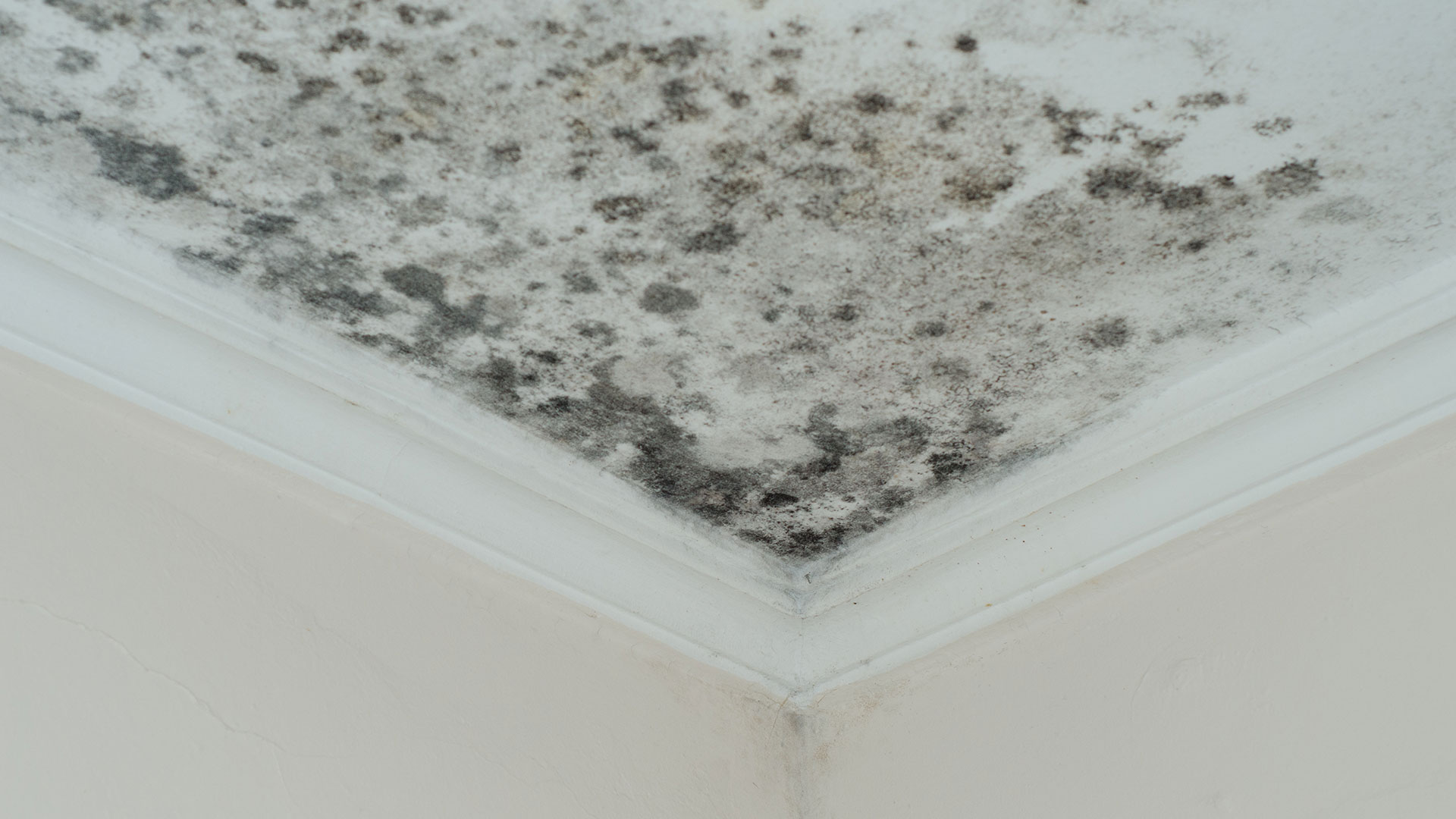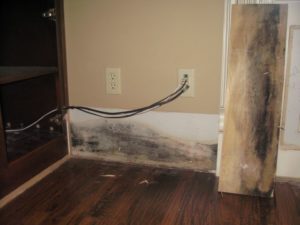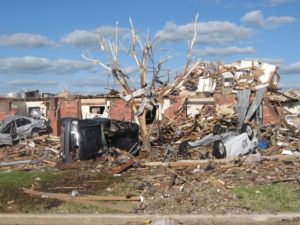Mold can quietly damage homes and health if not caught early. It shows up as fuzzy, discolored, or slimy spots that grow. A musty smell is often the first sign of mold.
Spotting mold damage early is key to avoiding bigger problems. By looking for mold and noticing musty smells, you can catch issues fast. Recognizing mold damage signs helps homeowners act quickly to lessen its effects.
Key Takeaways
- Mold can cause significant damage to homes and health.
- Musty odors are often the first sign of a mold problem.
- Visual inspections can help identify mold damage early.
- Early detection is key to preventing further damage.
- Mold appears as fuzzy, discolored, or slimy patches.
What are the Signs of Severe Mold Damage?
It’s important for homeowners and businesses to know the signs of severe mold damage. Mold can cause health problems and expensive repairs if not fixed quickly.
Mold Appearance and Growth
Mold grows where it’s moist, like near leaks or after floods. It likes warm, damp places, making some areas more likely to get mold.
Mold looks different, but it often shows up as:
- Discoloration on walls, ceilings, and floors
- Fuzzy patches or black spots
- A musty smell, even when you can’t see it
To spot mold damage, you need to look closely, mainly in moist areas. Signs of severe mold include:
- Big discoloration or stains
- Visible mold on surfaces
- A strong musty smell
Knowing these signs helps you catch mold damage early. This way, you can act fast and stop more damage.
Health and Property Consequences of Severe Mold
Mold contamination is more than just a cosmetic problem. It can seriously harm your health and property. Being exposed to mold can cause a range of health issues, from mild allergic reactions to severe respiratory problems.
Respiratory Issues and Allergic Reactions
People with mold allergies or sensitivities may react with sneezing, runny nose, and itchy eyes. Mold can also trigger respiratory issues, including asthma-like symptoms in some.
- Respiratory Issues: Coughing, wheezing, and shortness of breath are common among people exposed to mold.
- Allergic Reactions: Skin rashes, itching, and irritation can occur due to mold exposure.
- Other Health Effects: Headaches, fatigue, and other flu-like symptoms have been reported.
Severe mold can also damage your property. It can rot building materials, harm furniture, and lead to expensive cleanup efforts.
- Structural Damage: Mold can weaken wooden structures and compromise the integrity of a building.
- Contamination: Mold can spread to various parts of a property, contaminating surfaces and belongings.
- Costly Remediation: Removing mold and repairing damage can be expensive and time-consuming.
Detecting mold in your home early is key to avoiding these problems. Knowing the signs of mold damage, like visible mold, water leaks, and musty smells, helps you act fast.
Conclusion
It’s important to know the signs of severe mold damage. This knowledge helps prevent health and property problems. By spotting mold damage early, you can avoid costly fixes and health issues.
Common signs of mold include visible growth, musty smells, and water damage. These signs are key to catching mold problems before they get worse.
To keep your space safe and healthy, you need good mold prevention and cleanup plans. Being alert to mold signs and acting fast helps protect your home and health.
Need Mold Removed in Your Tulsa Home?
Call Reset Restoration today for emergency mold remediation services in the Tulsa, OK area!




